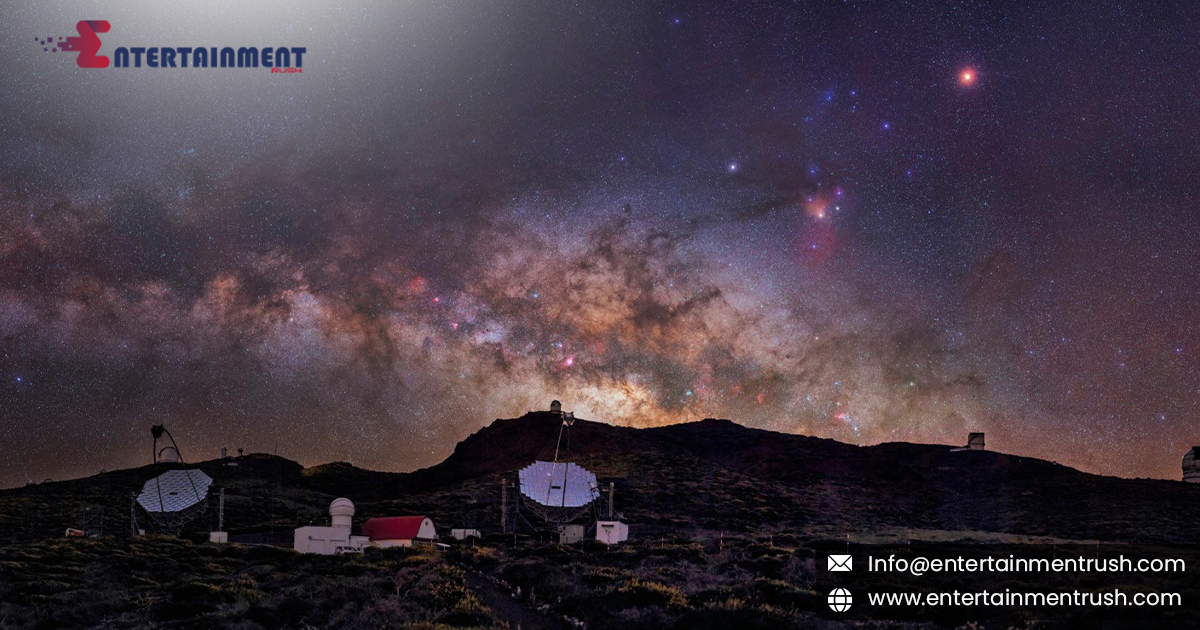The expansion of the universe is one of the most intriguing and fundamental aspects of cosmology. For decades, scientists have been grappling with questions about the rate of this expansion and what it reveals about the universe’s past, present, and future. This blog explores how quickly the universe is expanding, the methods used to measure this rate, and the implications for our understanding of the cosmos.
The Hubble Constant: Measuring Expansion
The rate of the universe’s expansion is quantified by the Hubble constant (H₀). This constant represents the rate at which galaxies are receding from us as the universe expands. The Hubble constant is typically expressed in units of kilometers per second per megaparsec (km/s/Mpc), where one megaparsec is approximately 3.26 million light-years.
For many years, determining the exact value of the Hubble constant has been a central goal in cosmology. As of recent measurements, the Hubble constant is estimated to be around 70 kilometers per second per megaparsec (km/s/Mpc), although estimates vary slightly based on the methods used.
Methods of Measurement
Several methods have been employed to measure the Hubble constant, each with its own set of challenges and uncertainties:
Cepheid Variables:
These are pulsating stars whose brightness varies in a predictable way. By measuring the period of pulsation and the apparent brightness of these stars in distant galaxies, astronomers can estimate their distance. When combined with redshift measurements of the galaxies, this method provides an estimate of the Hubble constant.
Type Ia Supernovae:
These supernovae, which occur in binary star systems, have a consistent peak brightness. By observing their brightness and comparing it to their redshift, scientists can determine the distance to the host galaxy and, consequently, the rate of expansion.
Cosmic Microwave Background (CMB):
The CMB is the residual radiation from the Big Bang, and its temperature fluctuations provide a snapshot of the early universe. Analysis of the CMB, particularly from missions like the Planck satellite, helps determine the Hubble constant by studying the geometry and composition of the universe.
Baryon Acoustic Oscillations (BAO):
This method involves measuring the distribution of galaxies in the universe and looking for regular patterns that were set by sound waves in the early universe. These patterns provide a “standard ruler” for measuring cosmic distances and, hence, the rate of expansion.
The Tension in Measurements
Despite the various methods, there is an ongoing debate about the precise value of the Hubble constant, often referred to as the “Hubble tension.” Measurements from different techniques have produced slightly different values:
Local Measurements:
Observations of Cepheid variables and Type Ia supernovae in the nearby universe suggest a Hubble constant of around 73 km/s/Mpc.
Cosmic Microwave Background (CMB) Measurements:
Data from the Planck satellite, which studies the early universe, suggests a lower value of approximately 67.4 km/s/Mpc.
This discrepancy has led to considerable debate and research, as it might indicate unknown aspects of cosmology or potential gaps in our understanding of the universe’s evolution.
Implications of the Expansion Rate
The rate of the universe’s expansion has profound implications for our understanding of the cosmos:
Age of the Universe:
The expansion rate helps determine the age of the universe. A higher Hubble constant suggests a younger universe, while a lower rate implies an older one. Current estimates place the age of the universe at approximately 13.8 billion years, based on a Hubble constant of around 70 km/s/Mpc.
Dark Energy:
The accelerated expansion of the universe, discovered in the late 1990s, is attributed to dark energy—a mysterious force driving the acceleration. Understanding the rate of expansion provides insights into the nature of dark energy and its impact on cosmic evolution.
Future of the Universe:
The expansion rate also influences predictions of the universe. Depending on whether the expansion accelerates or slows, the universe could continue to expand indefinitely, eventually reach a steady state, or even contract.
The question of how quickly the universe is expanding is central to our understanding of the cosmos. With estimates suggesting a rate of around 70 km/s/Mpc, and ongoing debates about the exact value, the study of the Hubble constant continues to reveal new insights into the nature of the universe. As technology advances and new observations are made, our knowledge of the universe’s expansion will continue to evolve, providing a deeper understanding of the forces that shape our cosmic home.




Leave feedback about this